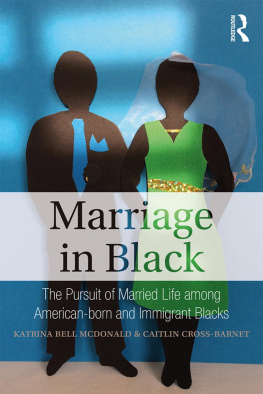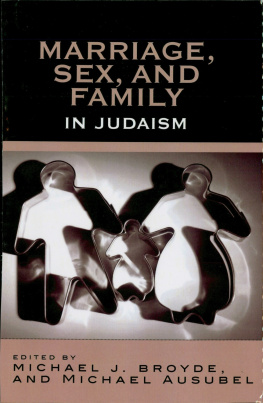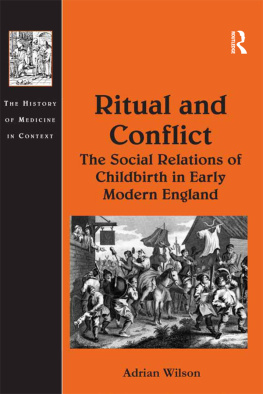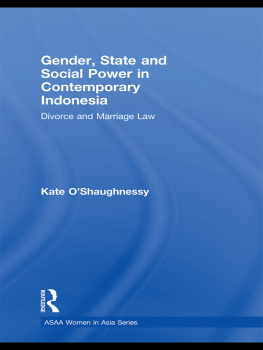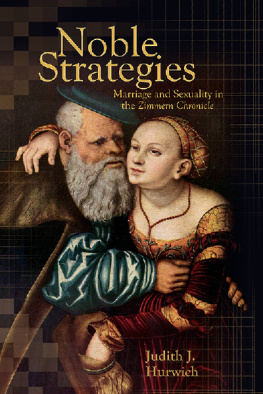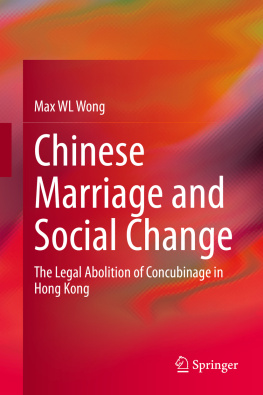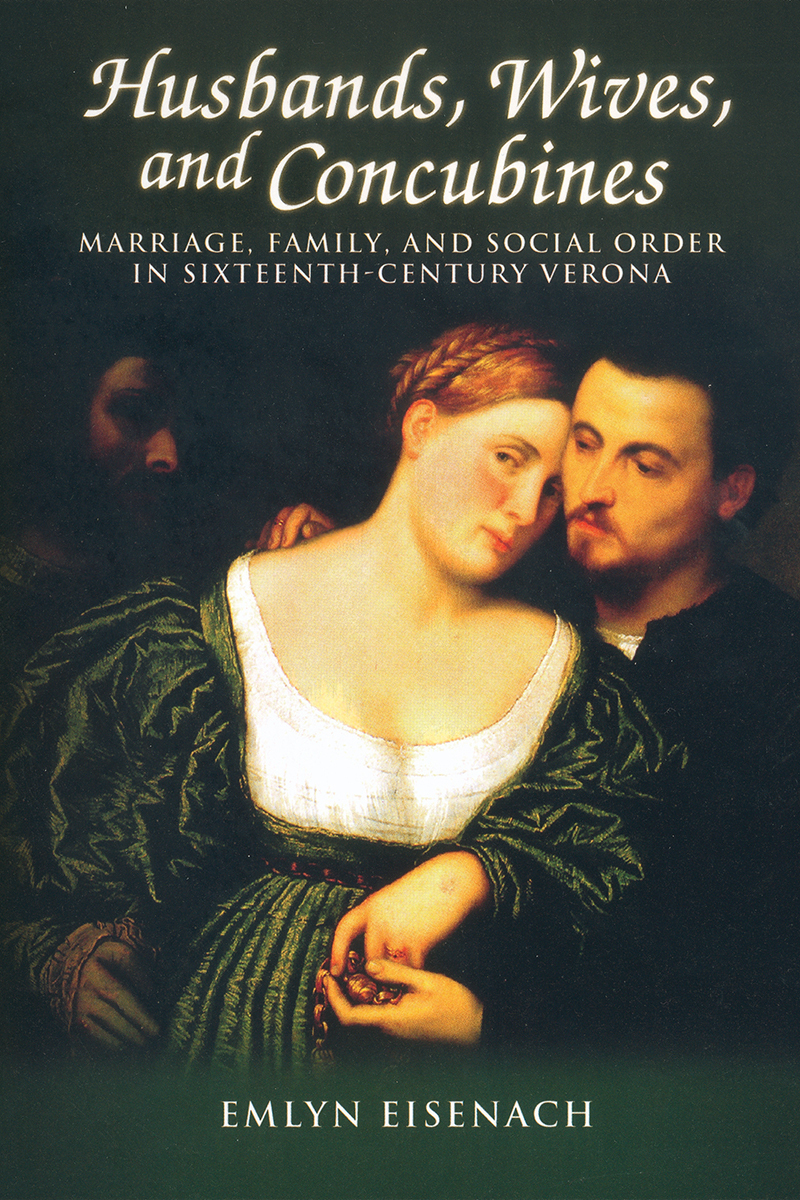
Husbands, Wives, and Concubines
Habent sua fata libelli
Sixteenth Century Essays & Studies Series
General Editor
Raymond A. Mentzer
University of Iowa
Editorial Board of Sixteenth Century Essays & Studies
Elaine Beilin
Framingham State College
Miriam U. Chrisman
University of Massachusetts, Emerita
Barbara B. Diefendorf
Boston University
Paula Findlen
Stanford University
Scott H. Hendrix
Princeton Theological Seminary
Jane Campbell Hutchison
University of WisconsinMadison
Christiane Joost-Gaugier
University of New Mexico, Emerita
Ralph Keen
University of Iowa
Robert M. Kingdon
University of Wisconsin, Emeritus
Mary B. McKinley
University of Virginia
Helen Nader
University of Arizona
Charles G. Nauert
University of Missouri, Emeritus
Theodore K. Rabb
Princeton University
Max Reinhart
University of Georgia
John D. Roth
Goshen College
Robert V. Schnucker
Truman State University, Emeritus
Nicholas Terpstra
University of Toronto
Margo Todd
University of Pennsylvania
Merry Wiesner-Hanks
University of WisconsinMilwaukee
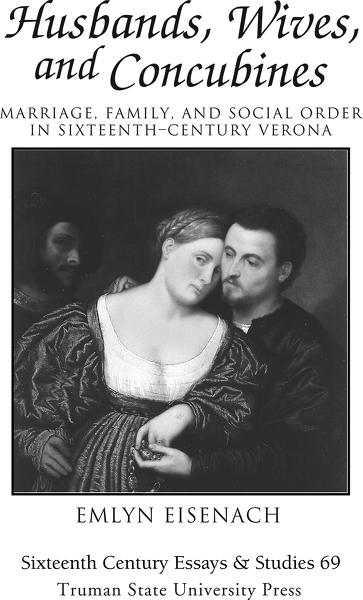
Copyright 2004 Truman State University Press, Kirksville, Missouri 63501
All rights reserved
tsup.truman.edu
Cover art: Bordone, Paris (150071); The Venetian Lovers, Pinacoteca di Brera, Milan, Italy; Erich Lessing / Art Resource, N.Y.
Cover designer: Shaun Hoffeditz
Type: Adobe Centaur and Trajan, P22 Victorian Ornaments
Printed by: Thomson-Shore, Inc., Dexter, Michigan, USA
Library of Congress Cataloging-in-Publication Data
Eisenach, Emlyn, 1967
Husbands, wives, and concubines : marriage, family, and social order in sixteenth-century Verona / Emlyn Eisenach.
p. cm. (Sixteenth century essays & studies ; v. 69)
Includes bibliographical references and index.
ISBN 1-931112-34-7 (casebound : alk. paper) - ISBN 1-931112-35-5 (pbk. : alk. paper)
1. MarriageItalyVeronaHistory16th century. I. Title. II. Series.
HQ630.15.V48E47 2004
306.81'0945'3409031dc22
2004005271
NOTE: Because of display limitations of e-readers, some special characters (e.g., Greek or Hebrew letters, cedillas, characters in Eastern European languages, accents or other diacritical marks) may not display properly in the e-book version of this work.
For Eric, Nathaniel, and Jacob
Contents
Family Order and Patriarchal Order
Brides With Fathers and Brides Without Fathers
Concubinage in Verona
ACVRArchivio della Curia Vescovile di Verona
ASVRArchivio di Stato di Verona
AttiAtti del Tribunale Ecclesiastico, ACVR
CauseCause matrimoniali, ACVR
CONGian Matteo Giberti, Constitutiones editae per Jo. Matthaeum Gibertum episcopum veronensem, ac in civitate & diocesi veronensi legatum apostolicum, ex sanctorum patrum dictis & cononicis institutis, ac variis negotiis quotidie occurrentibus, & longo rerum usu collectae & in unum redactae; Augustini Valerii Cardinalis Aliorumque Episcoporum Veronensium notationibus illustratae; cum eiusdem Valerii Appendice, in OP
COPGiuseppe Mascardi, Conclusiones Omnium Probationum, Quae in utroque Foro quotidie versantur. Iudicibus, Advocatis, Casudicis, Omnibus denique Iuris Pontificii, Quibus Canonicae, Civiles, Feudales, Criminales, caetaque materiae contiuenetur... Augustae Tavrinorum, Apud HH. Io dominici Tarini, MDCXXIII. Vol. 1
OPGian Matteo Giberti, Io. Matthaei Giberti Episcopi Veronensis Ecclesiasticae Disciplinae ante Tridentinam Synodam instauratoris solertissimi Opera, edited and annotated by Pietro Ballerini and Girolamo Ballerini (Ostiglia: Augustinus Carattonius, 1740)
PCVPodestaria e capitanato di Verona, ed. Amelio Tagliaferri (Milan: Giuffr, 1977)
RPVRiforma pretridentina della diocese di Verona. Visite pastorali del Vescovo G. M. Giberti, 15251542, ed. Antonio Fasani, 3 vols. (Vicenza: Istituto per le ricerche di storia sociale e di storia religiosa, 1989)
STVStatuta magnificae civitatis Veronae. Additis eiusdem civitatis, Privilegiis, & Paribus, ac decretis quibusdam Illustriss. Dominii Venetiarum (Verona: Sebastianus Donnis, 1582)
Many institutions and individuals helped me to complete this book. A grant from the Graduate School of Arts and Sciences at the University of Virginia enabled me to make an initial trip to Italy to survey possible dissertation sources. The Fulbright Foundation and the Gladys Krieble Delmas Foundation provided financial support for my research in the archives and libraries of Verona and Venice. In Verona, Valeria Chilese helped me get my bearings in the ecclesiastical archives, while Paola Lanaro Sartoris friendship and knowledge of Veronese archives, libraries, and historiographical literature were of tremendous help, as was Michael Knaptons ready availability as a source of advice from the perspective of an Anglo-Saxon deeply immersed in the history of the Veneto. I am grateful as well to the staff of the Archivio di Stato di Verona, to don Franco Segala, the director of the Archivio della Curia Vescovile di Verona, and his assistant, don Mario. Adriano Prosperi generously supplied copies and transcriptions of hard-to-find sixteenth-century works; Tom Safley expressed enthusiasm for my project and commented on earlier drafts of chapter 4.
Throughout the years of research and writing, Erik Midelfort and Anne Jacobson Schutte, originally as co-advisors for the dissertation, provided often very different but ultimately complementary styles of advice and support, neither of which I could have done without. Annes continuing help was essential to transforming the dissertation into a book, as were the careful comments of two anonymous reviewers and the editorial staff of Truman State University Press, who helped to guide the later stages of manuscript revision. I am grateful in addition to the numerous women whose wonderful care for my children over the years allowed me to think and to write. Finally, I thank my family and particularly my husband, Eric Posner, for their understanding and unflagging support and interest throughout the many years of this project.
[xiii] Family Order and Patriarchal Order
In 1528 or 1529 Caterina Mantuanella, the foster daughter of a small-scale merchant of Verona and sometime soldier named Sebastiano Tessar and his wife, Lucia, married a soldier called Mancin Napolitano, who as his last name suggests hailed from the south of Italy and was currently serving in a company in the Veneto. Court records from the diocese of Verona describe the multistep and notably male-dominated nuptials that began in Caterinas parish church. There, before male witnesses and the parish priest, don Giacomo, but in the brides absence, the groom and Caterinas foster father stated their consent to the marriage. After confirming the union, the male company moved from the church to the brides familys house, where the bride, her foster mother, and other guests waited to watch Caterina and Mancin exchange words of consent and join hands. Later, recounting this process before the court as one of many witnesses questioned in an investigation of Caterinas marital history, her foster father emphasized his own control of the proceedings, specifying that at the church he had directed don Giacomo to put the relevant questions to the groom and acted as Caterinas governor himself in consenting to the union. At his instructions, he added, the priest accompanied him and the groom to the house for the second exchange of consent.


